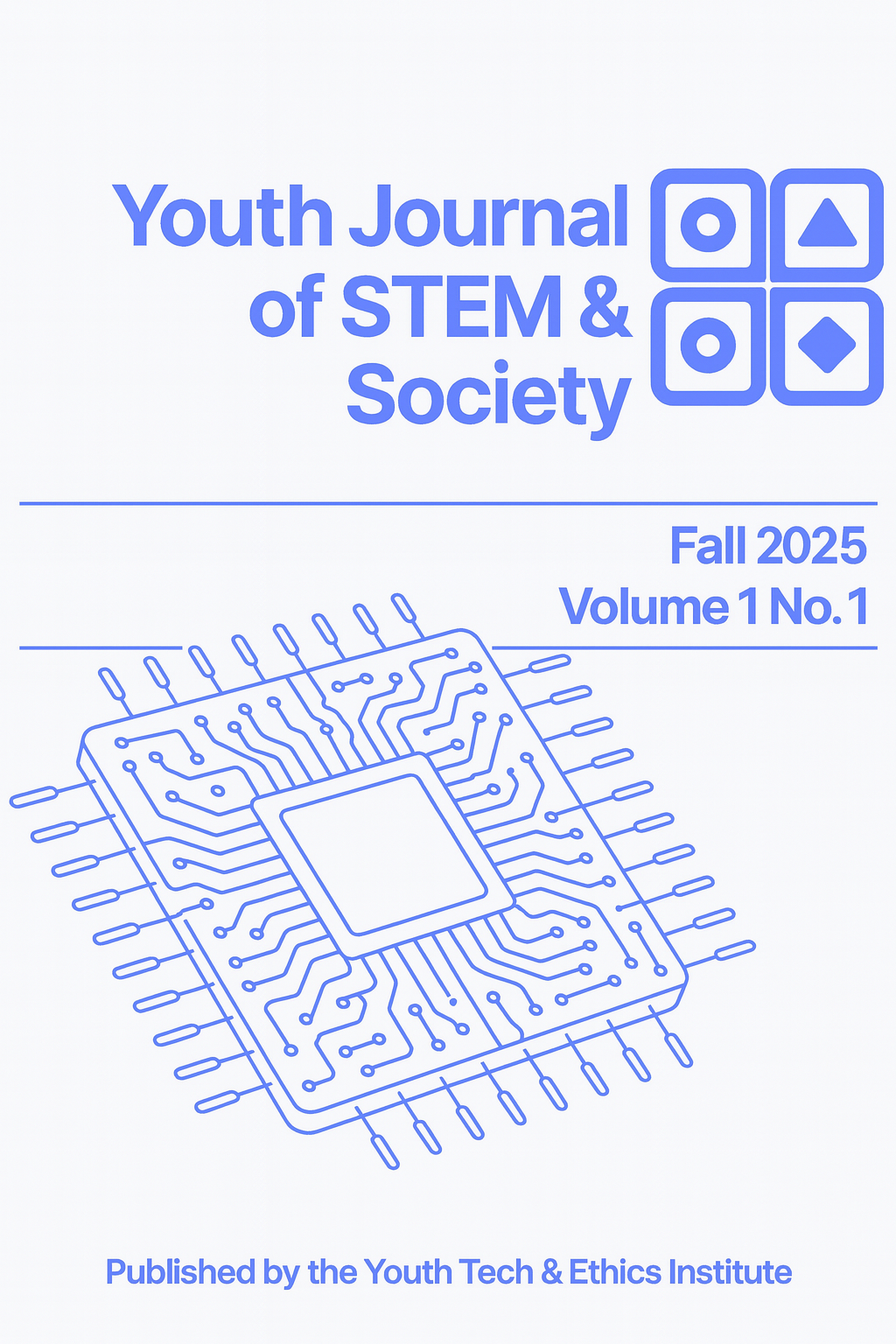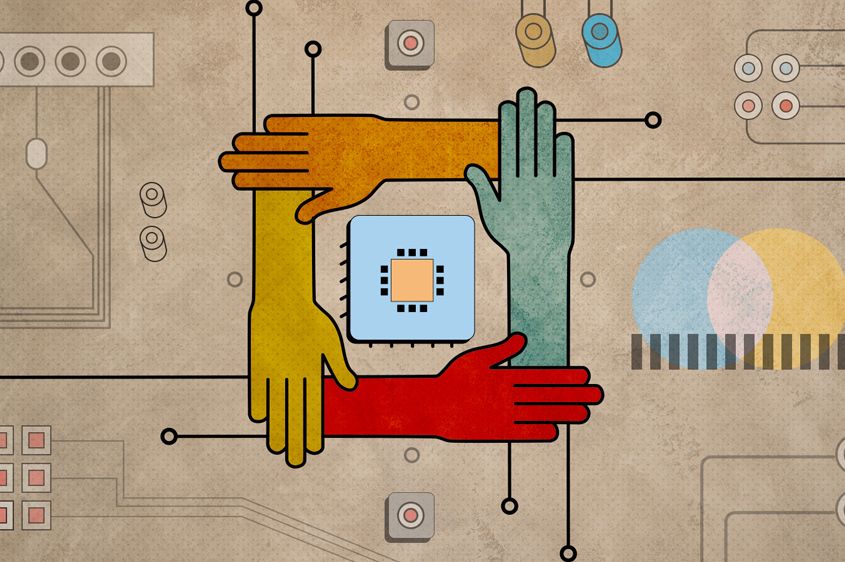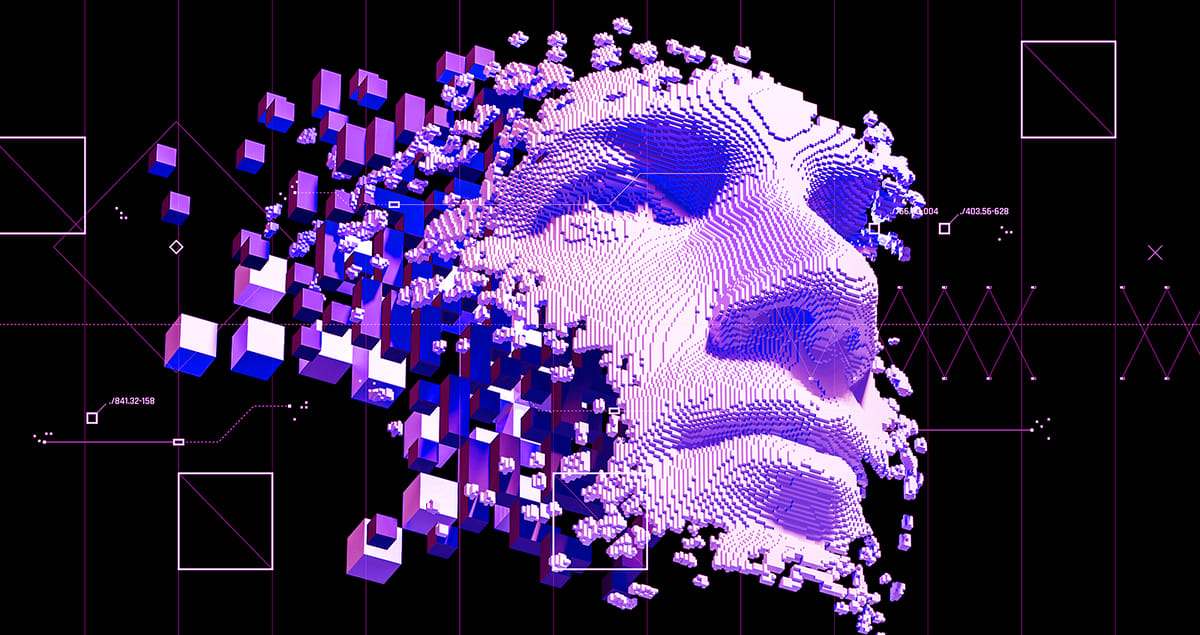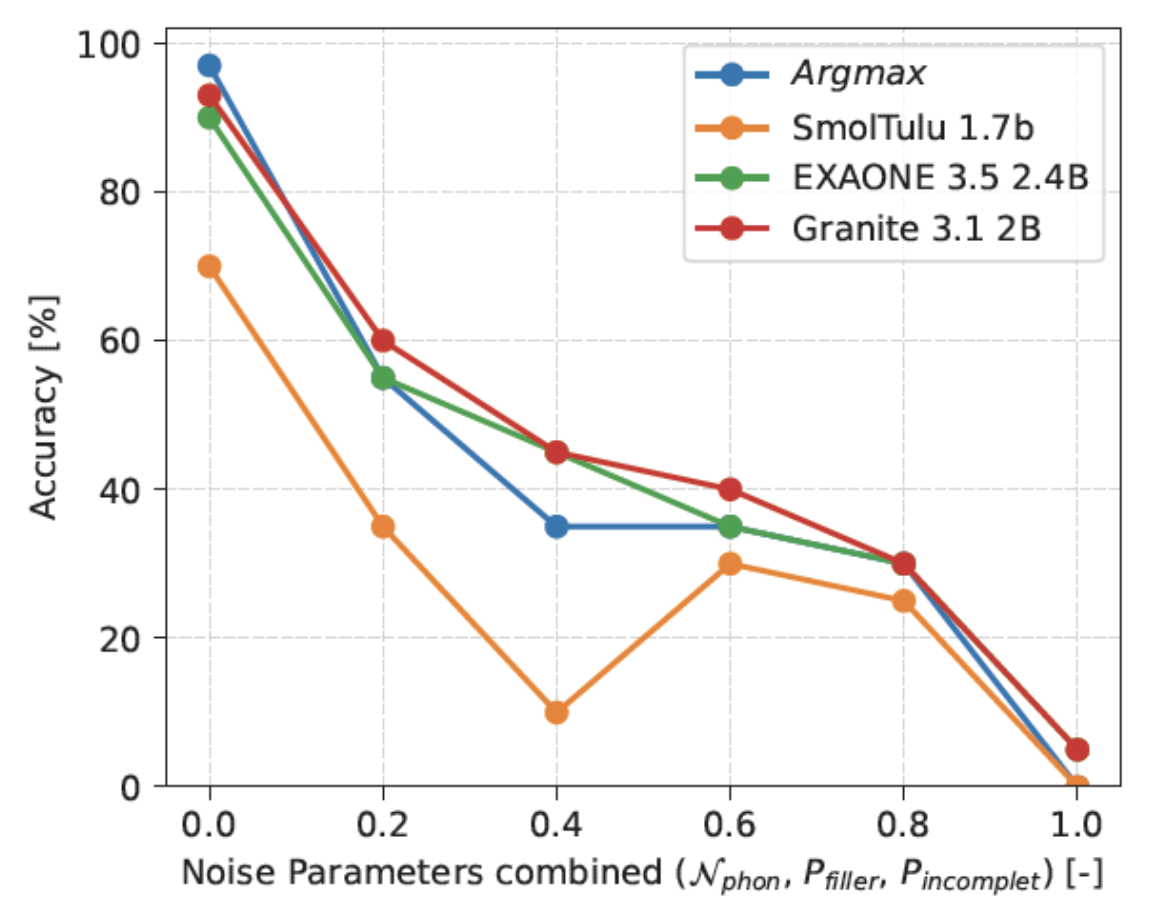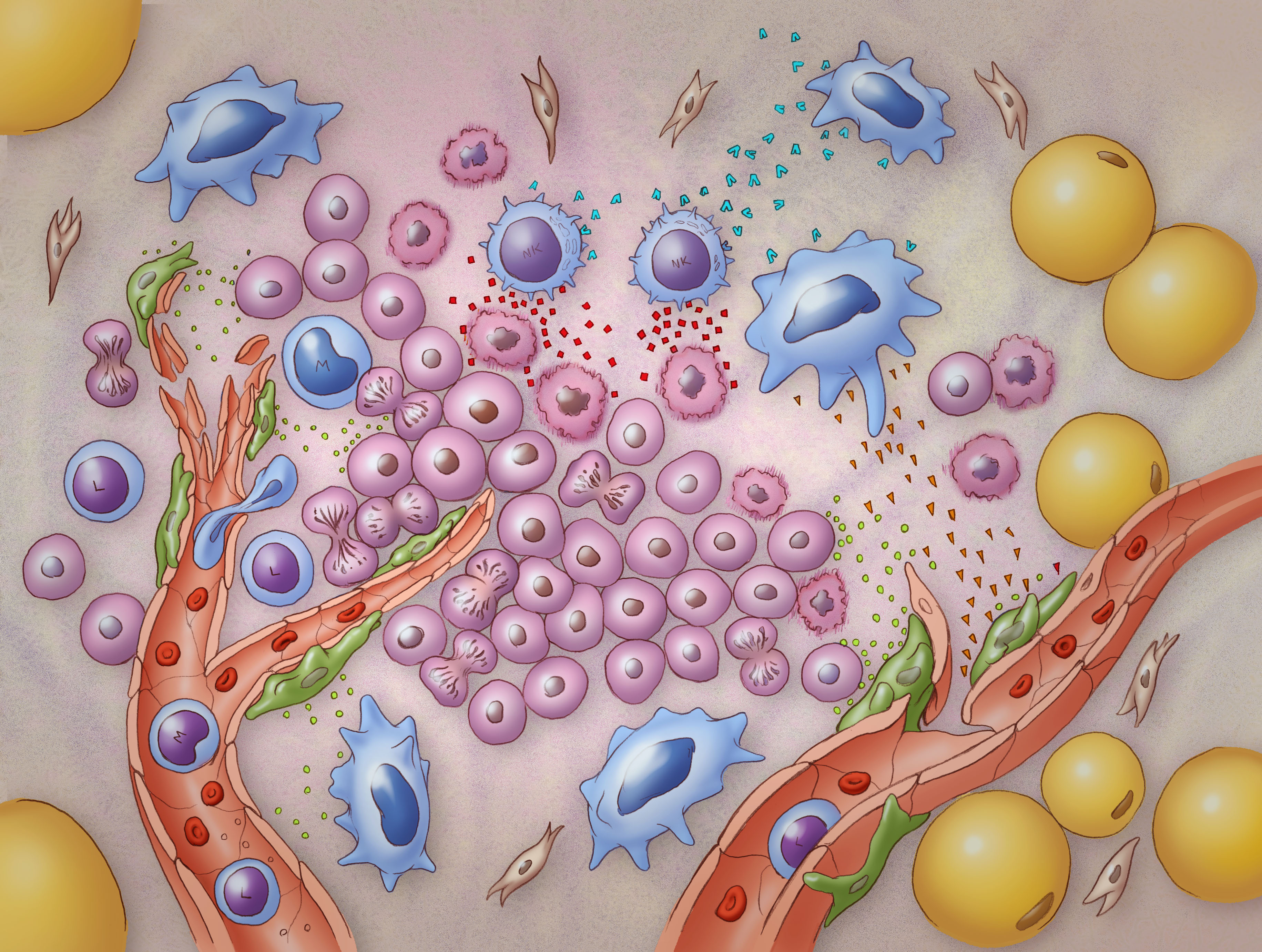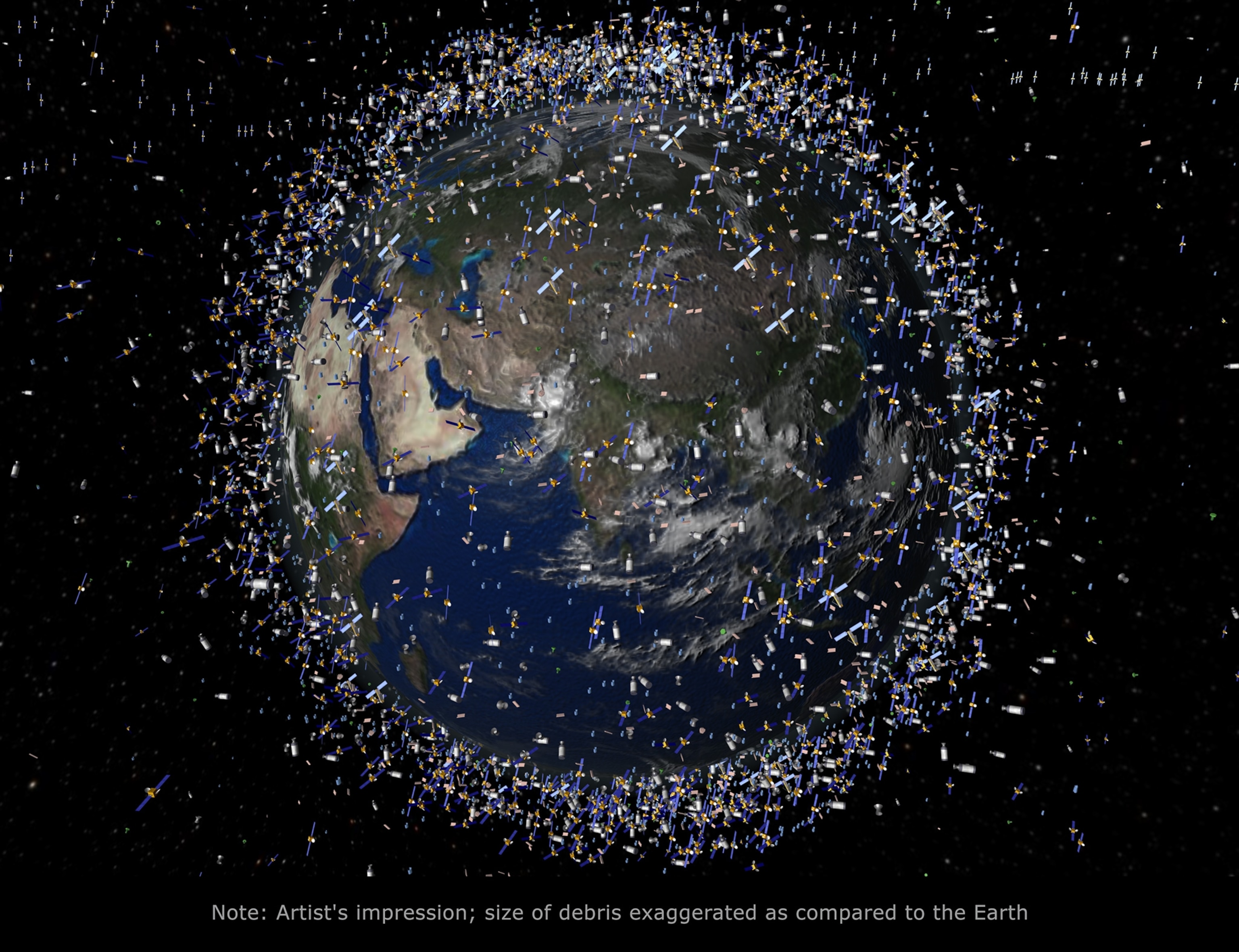#10•Research Paper
Focused AI: Challenges in Mental Health
Artificial intelligence (AI) has increasingly entered both everyday life and mental health care, becoming an unseen assistant to some and offering new opportunities for diagnosis, treatment, and accessibility. AI technologies are reshaping mental health delivery. These tools show promise in addressing shortages of clinicians, reducing costs, and personalizing interventions, but they also raise ethical challenges. Concerns around privacy, algorithmic bias, accountability, transparency, and the risk of dehumanizing care highlight the tension between innovation and trust. Applications such as Woebot demonstrate how AI-guided interactions can provide support, while the “black box” nature of many systems complicates informed consent and patient understanding. A survey of 500 U.S. adults revealed both optimism and caution: nearly half viewed AI as beneficial, yet most emphasized the importance of confidentiality, autonomy, transparency in risk assessment, and clinician accountability for misdiagnosis. These findings show that while AI can enhance access and supplement therapeutic alliances, it must be deployed with robust safeguards. Proposed solutions include developing explainable AI, clear accountability frameworks, strong data protection measures, inclusive implementation, and governance standards to validate safety and equity. Ultimately, the success of focused AI in mental health depends on balancing its transformative potential with ethical oversight to preserve trust, protect patients, and ensure that technology augments the human connection central to mental health care.
Artificial Intelligence & Data Scienceby Oghenefejiro Mercy Esieboma
